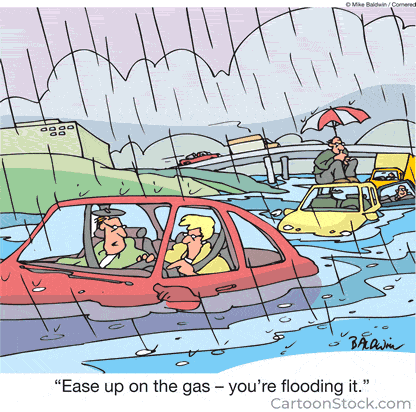Force of Impact

Force of Impact is determined by:
Inertia
Momentum
Kinetic Energy
These are what are called "Natural Laws". An increase in speed, mass and relative motion of objects have a dramatic effect on the "Force of Impact" in a collision. Next we will go over these Laws and their components.
Force of impact is an important concept for understanding how objects interact with each other. When two objects collide, the force of impact is determined by a combination of three different factors: inertia, momentum, and kinetic energy. Each of these factors plays a role in the amount of force that is generated during a collision.
Inertia
The tendency of an object to remain at rest or in motion unless acted upon by an external force. Inertia increases the force of impact when two objects collide because both objects are unable to easily change their motion. This means that the objects will both keep moving in the same direction with the same speed, resulting in a greater force of impact.
Momentum
The product of mass and velocity. When two objects collide, their combined momentum has a direct effect on the force of impact. If two objects have the same mass and opposite velocities, the force of impact will be greater because the momentum of each object is being canceled out. On the other hand, if two objects have the same velocity but different masses, the force of impact will be greater because the momentum of the heavier object will be greater.
Kinetic energy
The energy that an object has due to its motion. When two objects collide, the kinetic energy of both objects is converted into potential energy, which is then released as the force of impact. The greater the kinetic energy of the objects, the greater the force of impact.
When two objects collide, the force of impact is determined by a combination of inertia, momentum, and kinetic energy. The greater the mass and velocity of the objects, and the greater the kinetic energy, the greater the force of impact. By understanding how these three factors affect the force of impact, it is possible to better predict the outcome of a collision.















